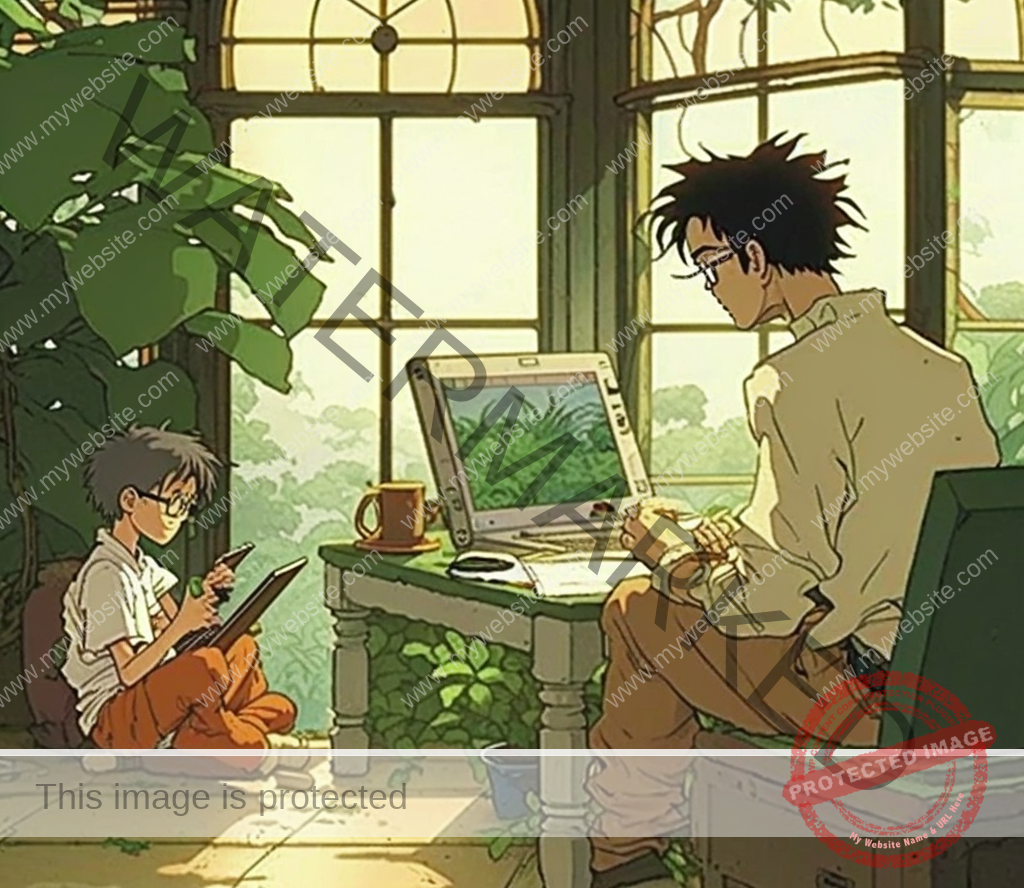I’ve been a theatregoer for a very long time. I began performing with a local Tunisian amateur theatrical group in high school. I’ve been on the road with them in Tunisia for a few plays. After that, I went to the Sorbonne in Paris and got a minor in theatre. As with my previous interests—music, literature, karate, UFOs, and ancient astronauts—theatre holds a special place in my heart. Shakespeare, Ibsen, and Grotowski have done much for me, as have Louis Armstrong, Sidney Bechet, Billie Holliday, and the Rolling Stones in terms of both literature and music. These ideas came to me with my morning black coffee.

We can trace the origins of the theatre back to the time of the ancient Greeks. Since then, there have been many different kinds of theatre stages, each impacting actors and giving rise to its distinct acting style.
Plays were performed in ancient Greek theatres to commemorate religious events, but only prominent men were allowed inside due to the poor status of women and slaves at the time. The stage in these amphitheatres was often quite vast, and the crowd would surround it by about three-quarters. This is how a stage might have looked like in ancient Greece. The amphitheatre’s capacity of 25,000 meant that spectators in the extreme back had difficulty seeing the action. Actors would shout and make huge movements and dress in masks and symbolic garb to stand out and get over this barrier. The employment of a high-pitched chorus was common when warning or advising fellow players of impending danger. The plays were performed in broad daylight with a real landscape as a backdrop to enhance visibility and create the illusion of realism.

During the Middle Ages, more of the population had access to public amenities. Even theatres stopped being exclusive clubs for the wealthy. Pageants were mobile theatre productions staged on waggons. The plan was to pull the waggon into the marketplace where the show would take place. Many people would crowd around the stage to see the performance. Most plays of the time were comedies or actual mimes based on the events and experiences of everyday life, depending on the audience’s preferences. As a result, spectators could share their thoughts on the play’s central topic with the cast.
Theatre throughout the Renaissance was more about putting on a show for an audience than creating art. The English gentry began funding performing ensembles and apron-staged theatres. An apron stage with a rectangular platform and seating for over 2,000 people put the audience next to the performers. The wealthy aristocracy’s support for the theatre meant fancier, more elaborate clothing. Since performances were during the day, actors had to find creative ways to convey the impression that it was nightfall onstage; one method they settled on was word scenery. Citizens from various walks of life attended these plays. Thus, producers made an effort to appeal to a diverse audience by exploring a variety of themes.
The Restoration era encompassed the decades between the seventeenth and the eighteenth centuries. Smaller than Renaissance-era theatres, those could only seat up to 500 people during this time. During this time, auditoriums were no longer open to the sun and became darkened, soundproof spaces lit solely by artificial light. Decorated frames served as stage borders, but there were no curtains. A little stage extended into the auditorium so that even if the audience wasn’t up close, they could still feel like they were part of the event. Having no curtain to hide behind while switching scenes broke the illusion of realism. Character development, perfectionism, social commentary, and elaborate sets were all hallmarks of performances from the Restoration era.

In the subsequent centuries, the stage eventually developed into the proscenium stage, also called the picture frame stage. The method of mental image creation inspired its creation and naming. The ramp creates a clear demarcation between the audience and the performers. Curtains not only complemented this by providing solitude between scenes but also added to the realism and detail of the imagery. A darkened theatre helps to keep the audience focused on the performance. As a result of technological advancements, illustration is now a more realistic and engaging art form.

